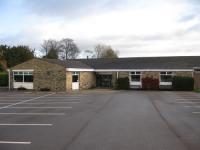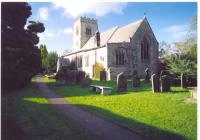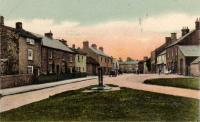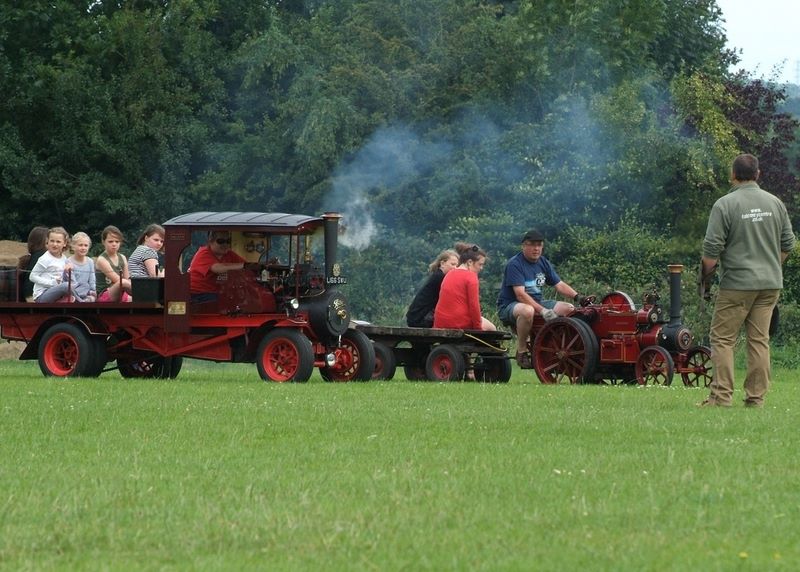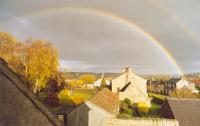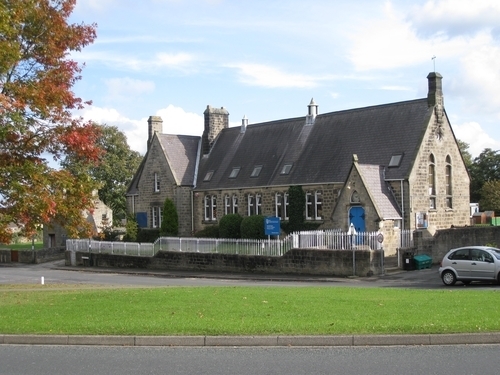Recent articles
© DT Online 2010 - 2025
| Spring GarthThe most recent census record (1911) to which we currently have access shows Spring Garth to have been one of the many village buildings occupied at sundry times by members of the extensive Barker family. The surname of 'Barker' features prominently in the census returns for Hampsthwaite (the returns can be searched through the article for the parish church) and, at times, those holding the name or descending from 'Barkers' seem to have formed a substantial proportion of the village population. In the 1901 census we find listed as living in 'Hollings' the family of Peter Barker, a 50-year old farmer and milk dealer, including his wife Sarah and five children and two grand-children. Three of Peter’s sons rejoiced in the names of 'Shadrack', 'Meshak' and 'Abednego'. They were aged 22, 13 and 8 respectively. Shadrack was described as a 'Mason Waller'. We do not yet know where the land then farmed by Peter was situated but the 1911 census shows that he had by that year left 'Hollings' (whatever that address signified!) and was now recorded as the occupant of Red Oak Farm, Ripley. Shadrack had by this time married and was living at Spring Garth with his wife Lily (aged 26, born at Shildon, Durham) and their son, Peter James (born a few months or weeks earlier). Shadrack was now described as a farmer. In his case we do know what land he farmed because in 1910 Spring Garth was the subject of a valuation under the Finance (1909-1910) Act when, like other property throughout the country, it was assessed for taxation. The following copy of the survey map prepared for the valuation shows the farmhouse Spring Garth as assessment number 80.  Spring Garth is shown edged in red and coloured orange and comprised both the farmhouse and the buildings to the south which, in later years, were to fall into separate ownership and become 'Brookroyd' (see the separate article under this name). Also included in the valuation was land behind Spring Cottage and Ivy Cottage (both on the north side) and which now appears to be part of the gardens of those properties. The valuation notes reveal the tenure of the property to be copyhold under the ownership of the Duchy of Lancaster as part of the Forest of Knaresborough and the copyhold tenant as Mr J.M.R. Smetham. The occupiers are stated to be Peter and Shadrack Barker and we must assume that since the earlier census of 1910 Shadrack had not only married but also given up his employment as a mason to follow his father into agriculture. Did Peter farm both at Hampsthwaite and Ripley at this time and relinquish Spring Garth to the occupation of his son or did he simply join in the tenancy there in order to support his newly married son in his new career? It should be noted also that by 1911 the adjoining property of Spring Cottage was also occupied by a 'Barker' - Mark Barker and his wife and their six children and a grand-child! That property was described in its valuation as having three rooms compared with Spring Garth’s seven! Spring Garth was described in its valuation as a house, buildings and garth extending to 1 rood 29 perches (or 2 roods 12 perches?). The house was said to be “stone faced, part cement faced, grey slated house, old, fair repair, 2 rooms, kitchen (tiled floor), scullery, larder, pantry,4 bedrooms, w.c.” and outside there were “coals etc., Disused cottage 2 up & 2 down. Building poor. Stone faced pantile, mistal to the W Barn, calf house. Stone faced, slated 3 stall stable, loose box & chamber. Stone pantile, I storey 4 loose boxes, small floor, garden & garth”. A separate assessment (number 77) deals with the farmland associated with Spring Garth and the copy survey map following indicates that land edged in red.  This separate valuation mentions that Peter and Shadrack had been tenants at a rent of £100 per year since October 1908 and describes the farmland as extending to 42 acres 2 roods 39 perches and we can see from the plan that it extended as far as Rowden Lane. It is thought that copyhold ownership of the farmhouse (and the freehold of the agricultural land) can be traced back to John Turpin of Hampsthwaite who died in 1774 having by his Will dated the 5th March 1774 left the property to his nephew John Gill. In 1845 John Gill died after having been twice married and fathered 17 children one of whom, Jane, had married Francis Binns. Francis bought John Gill’s property in August 1859 (the auction poster hangs in the Joiners Arms) and sold it on to his sister-in-law, Hannah Wheatley in 1860. Hannah died on the 27th June 1871 having left her estate to her son-in-law William Smetham and two others. William was the father of the J.M.R.Smetham named as owner in the valuations of 1910.[Clear]: Because the 18th and 19th century records of these transactions reveal no plans but rely for identification of properties by reference to the people who occupied them, it is very difficult to have much confidence in the accuracy of the foregoing account of property transactions, but one element of corroboration for the account is the mention both in the valuations and the early documents of a charge of £1 per annum payable to the poor of Hampsthwaite. The charge was created in the above-mentioned will of John Turpin a copy of which (courtesy of Tony Cheal’s website http://www.harrogatepeopleandplaces.info/wills/r/041.htm). The more recent ownership of the farmhouse awaits further research. Meanwhile, it can be asserted that at some stage in the 20th century it became one of Hampsthwaite’s tea rooms as evidenced by this postcard picture on which someone has written the name of the proprietor, Mrs Smithson.  Book 1 of the Village Society’s series of history books contains three references to the café . . . . . “In days gone by the main jobs in the village centred around the farms, four or five shops, the saddler’s, the cobbler’s (where Mrs Bramley now lives and which she bought when it was a drapers), Ralph Robinson’s milk business, the Post Office and the bakery (now Spring Garth, home of the Rowntrees)”. [Eric Lundell] “In the house now known as Spring Garth there was a bakery, the baking being done in what has now become Brookroyd Garage”. [Winifred M. Steel] “One café, run by the Smithsons, in the house until recently owned by the Buddens, faced Lonsdale House, while another was in the present Post Office building”. [Bernard Wilson] An earlier view the property is shown in this tinted photograph . . . . .  . . . . . and here is a more recent one  |






